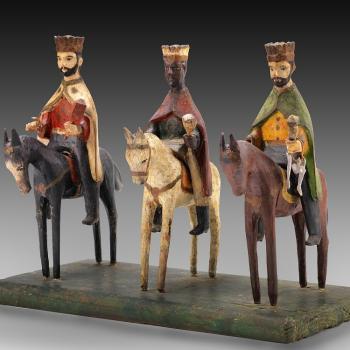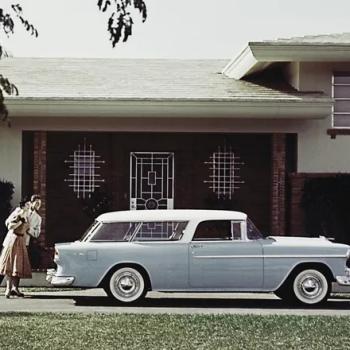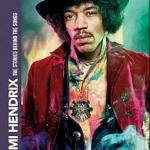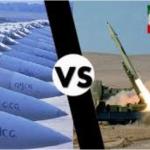In 1345, on a cold Tuesday night just before Easter, a miracle happened in Amsterdam. A dying man, given the Eucharist, vomited it right back out. His caregivers were amazed to see that it had reemerged from his mouth whole. They threw the host on a fire, perhaps thinking that this was the least sacrilegious method of getting rid of a holy object. But it still remained undamaged. Local clergy then took possession of the host, proclaiming it a miracle.
It was a miracle that wouldn’t stop. The town built a huge church on the site of the man’s house, after which the church burned to the ground twice. But each time the host survived the fire. News of this special place spread all over Europe to the point that “the miracle of Amsterdam became a medieval phenomenon,” according to historian Russell Shorto.
This ethos of enchantment does not pervade Europe as it once did. As a scholar of religion, I have read a fair amount about modern-day European secularism. And in July, I got to experience it for myself during my very first trip to the continent. I was there to participate in an academic seminar in Middelburg, Netherlands, just several hours to the south of Amsterdam. (Kudos to Hans Krabbendam, the Roosevelt Study Center, and the Henry Luce Foundation for a terrific three days!)
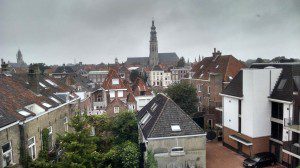
The seminar was held in the historic Abbey of Our Lady, an inspiring site in which to contemplate the nature of evangelicalism in Europe, the United States, and the world. The church bells that chimed every quarter hour only added to the ethos. Enclosed in the imposing, towering stone walls of an abbey with origins in the twelfth century, I could sense monks and hosts and miracles all around.
Until I heard the bells chime. At one quarter-hour, I listened to a tune from Phantom of the Opera. At another quarter-hour, I heard a rendition of “Somewhere Over the Rainbow.” As my colleagues and I talked about European irreligion, I could imagine no better symbol of disenchantment than these secular hymns!
The symbolism was almost too perfect: pop-theater tunes emanating from a formerly sacred building that now held the offices of municipal offices, a museum, and a research institute. And this in a town in which churches were no longer at the center of communal life. During one of our seminar’s sumptuous four-hour evening dinners, a resident told me that only 3,000 of Middelburg’s 45,000 residents belonged to a church.
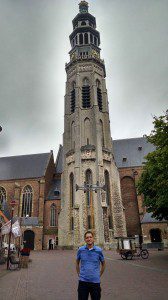 The symbolism, in fact, was too perfect. In the end, our discussions complicated an easy narrative of European secularism. We discussed the complexity of European religion, varieties of secularism and faith, the imprint of Billy Graham crusades in European cities, and the role of Europe as a religious bridge between the Majority World and the United States. Perhaps most important: the thousands of storefront immigrant churches throughout the Netherlands and Belgium.
The symbolism, in fact, was too perfect. In the end, our discussions complicated an easy narrative of European secularism. We discussed the complexity of European religion, varieties of secularism and faith, the imprint of Billy Graham crusades in European cities, and the role of Europe as a religious bridge between the Majority World and the United States. Perhaps most important: the thousands of storefront immigrant churches throughout the Netherlands and Belgium.
Of course, integrating foreign communal groups into existing Dutch Protestant churches in Middelburg—and elsewhere—is a real challenge. In Amsterdam, for example, recent Mennonite immigrants from Siberia face steep cultural and theological differences with the Algemene Doopsgezinde,the ethnically Dutch Mennonites who are steeped in European liberalism. In Belgium, storefront churches, whose very active congregants communicate constantly on cell phones and Facebook, are always growing and moving and nearly impossible to locate. One archivist I spoke with said that he spends a day a week scouring city streets trying to track them.
We actually didn’t talk much about immigration in the seminar (which was perhaps the biggest weakness of our collaboration), but any discussion of Western religion in the future will have to account for these “hidden” sectors of religiosity in a “secular” Europe. These immigrant churches provide the best examples of European religious vitality and suggest that narratives of secularization should not be as rigid as they sometimes appear.








